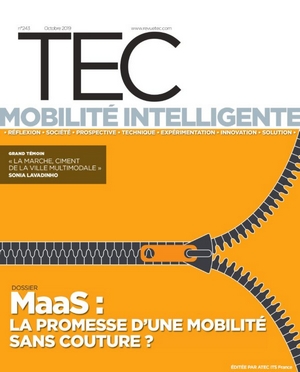This article is part of the folder : Mobility as a service MaaS
See the 16 news related to this folder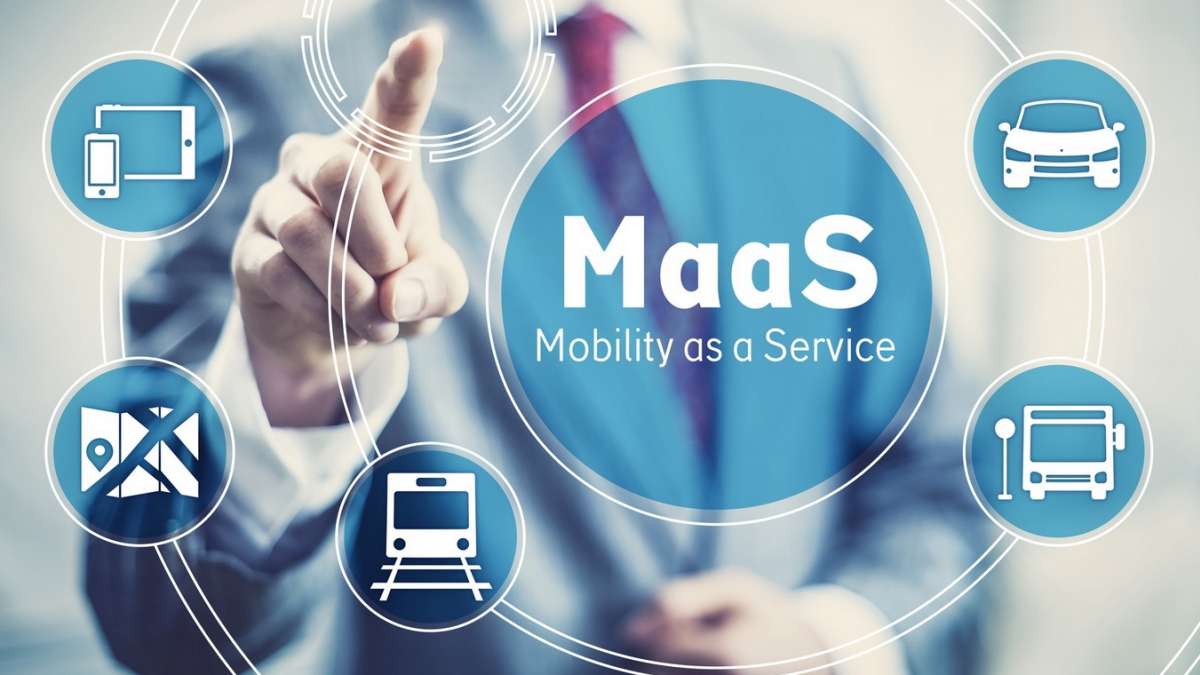
Although there is no universally accepted definition of MaaS, the most frequent understanding is that it is an integrated system comprising information, booking, purchasing and validation features, to provide as broad a range of services as possible. The user creates a single user account where they define once and for all their profile and preferences, and where they can manage their purchases and subscriptions for any kind of mobility.
This complete coverage of all the functionalities and all modes of transport today remains an ideal, not yet a reality, although some candidates have almost achieved this goal. Service-based mobility has reached its most perfected version in the large metropolises of Northern Europe. These emblematic European examples give an idea of the different possible approaches to MaaS, and also of the functionalities and characteristics that might become part of life in France in future years.
HOW TO DESCRIBE MAAS
MaaS can be described as a user-centric approach. The services and functionalities users are offered are therefore appropriate indicators. For each step necessary to complete a journey, the proposed functions may vary in their sophistication, accordingly facilitating completion of the journey.
Concerning information, the basic idea is to propose calculation of multi-modal routes with theoretical timings and localisation functions based on smartphone GPS technology. But the information can also be more sophisticated and supplied in real time (availability, updated times), and can even include forecasts. The step in which the user pays their fare can take place on line (web site or application), but complexity is introduced by the need for a link to the validation system. When this system is based on a conventional ticketing arrangement, the on-line sale must be coupled with a system that records the new fare on the card, either by means of a card reader in the home, or thanks to equipment on the network (within validators or ad hoc terminals).
The more recent ticketing systems store the fare information in an on-line database, and the user simply holds a unique identifier, stored on a card or on their smartphone. There are many possible validation techniques using digital technology: QR code, M-ticket, NFC, the Beacon system, bank cards, etc. Each one simplifies the user’s journey to varying degrees.
Systems seeking to implement MaaS are usually deployed in stages, often starting with on-line selling of public transport fares only. The level of the system is then indicated by the number of modes of transport available for purchase and validation. Apart from functionalities linked to information, purchase and validation, a MaaS system is characterised by integration of all these functions and all the proposed modes. This multi-modality can be accessed by means of a single personal account, with the different personalisation functions, or else by multi-modal payment or pricing systems.
WHAT STAGE HAS MAAS GOT TO IN FRANCE?
Cerema has created an initial version of the MaaS observatory, starting with analysis of the functionalities and services made available to users. Although in France no system is universally considered
to be offering MaaS, many players are getting there little by little. The most visible are systems set up by the major cities, but long-standing regional multi-modal information systems and private sector suppliers are also candidates to offer a MaaS service in the next few years.
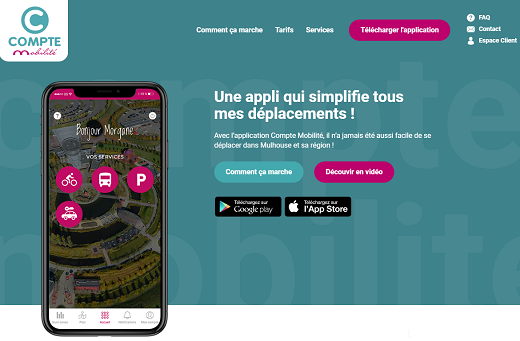
In urban areas, the most advanced systems are Compte-Mobilité in Mulhouse, Emma in Montpellier and Moovizy in Saint-Étienne. They alone benefit from a specific name, different from the name of the transport network. Compte-Mobilité offers a set of 5 modes of transport, accessible (via a card or smartphone) thanks to a single account, with a single multi-modal invoice payable at the end of each month. Emma’s distinguishing feature is its multi-modal subscription system, giving access to several services, including street parking. Moovizy gives users very comprehensive and highly customised information. Purchasing and validation of different modes are gradually being added (currently public transport, park and ride, and bicycles, while taxis and car-pooling will soon be added with Moovizy 2 planned for late 2019).
Analysis of the functions proposed by Divia in Dijon shows that it already uses several of the building blocks required to create a MaaS (Open- Payment, NFC, comprehensive personal space with subscription management and monitoring of consumption). The same can be said of the Optymo service in Belfort, with its smartphone validation system based on the application. TixiPass (reading the QR code positioned in the bus).
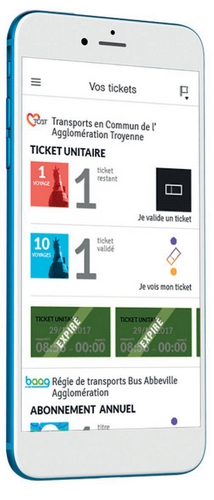
Progress is slower in the regional systems, due to the large number of mobility services involved, and the ambition in certain cases to offer identical functionalities for all the areas. In addition the mobility operators are less structured and more difficult to integrate into such a system. As a result, information for transport on demand is only available in 65 % of these systems, and only 25% offer car-pooling.
Historically these systems are based more on validation of a ticketing card. However they are gradually incorporating other types of validation, progressing towards on-line selling of fares on the different regional transport networks (available today only in Rhône-Alpes, Île de-France, Bourgogne Franche-Comté, and also in Oise).
As for private sector solutions, they naturally seek to propose solutions that can be used in many regions. The worldwide information technology players have not yet got to the stage of selling fares in France (as Citymapper does in London), but French players such as TixiPass offer a solution deployed on numerous networks. Information is available provided the data are in Open Data format on the National Access Point, as well as on-line purchasing and validation functionalities, following agreements with the relevant operators.
However the private sector player best placed in France today to offer MaaS is undoubtedly the SNCF with its Assistant. It provides multi-modal information covering the whole of France, with rail as its backbone, backed up by urban transport, taxis and car services with drivers. The “Assistant” also enables users to buy train fares and more recently urban transport fares in Strasbourg. Uber and Blablalines are planned for late 2019.
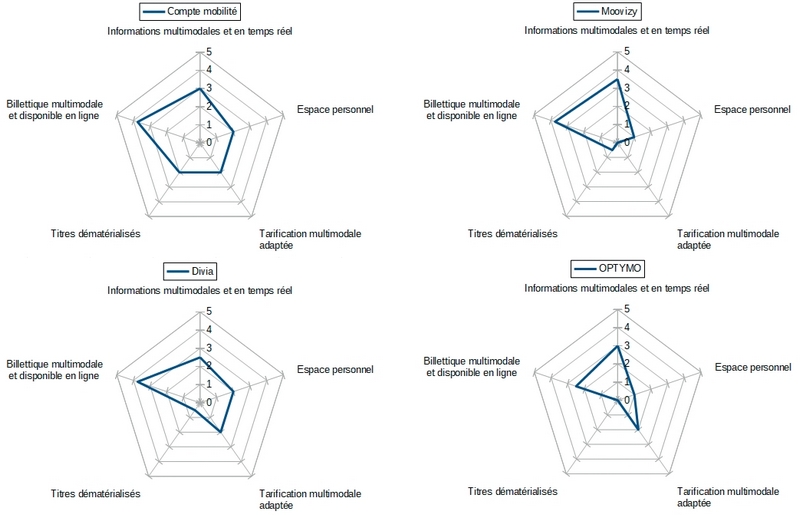
AN OBSERVATORY THAT WILL NO DOUBT BE EXTENDED AND DEVELOPED
All these ingredients are creating a trend towards facilitating use of alternatives to the private car. However it is not sufficient to simply add them together. It is necessary to select those ingredients that will contribute to achieving the system’s assigned objectives, taking account of the specificities of the relevant area and the target group.
In addition to these functionalities which are spreading and gradually being used more and more, it remains to understand how public policies for sustainable mobility are implemented in terms of service-based mobility. The purpose of the MaaS observatory will therefore be to enlighten decision-makers by analysing these strategic issues in greater detail: What should be the posture of public authorities? What kind of services and offers should be made available? What should be the architecture of the MaaS system?
---
--> Explore the MaaS observatory (in French)
Author:Laurent CHEVEREAU, “Service-based Mobility” Design Director at Cerema Regions and Cities
Article published in the TEC Mobilité intelligente magazine:
no. 243 October 2019
Ressources
In the folder : Mobility as a service MaaS


